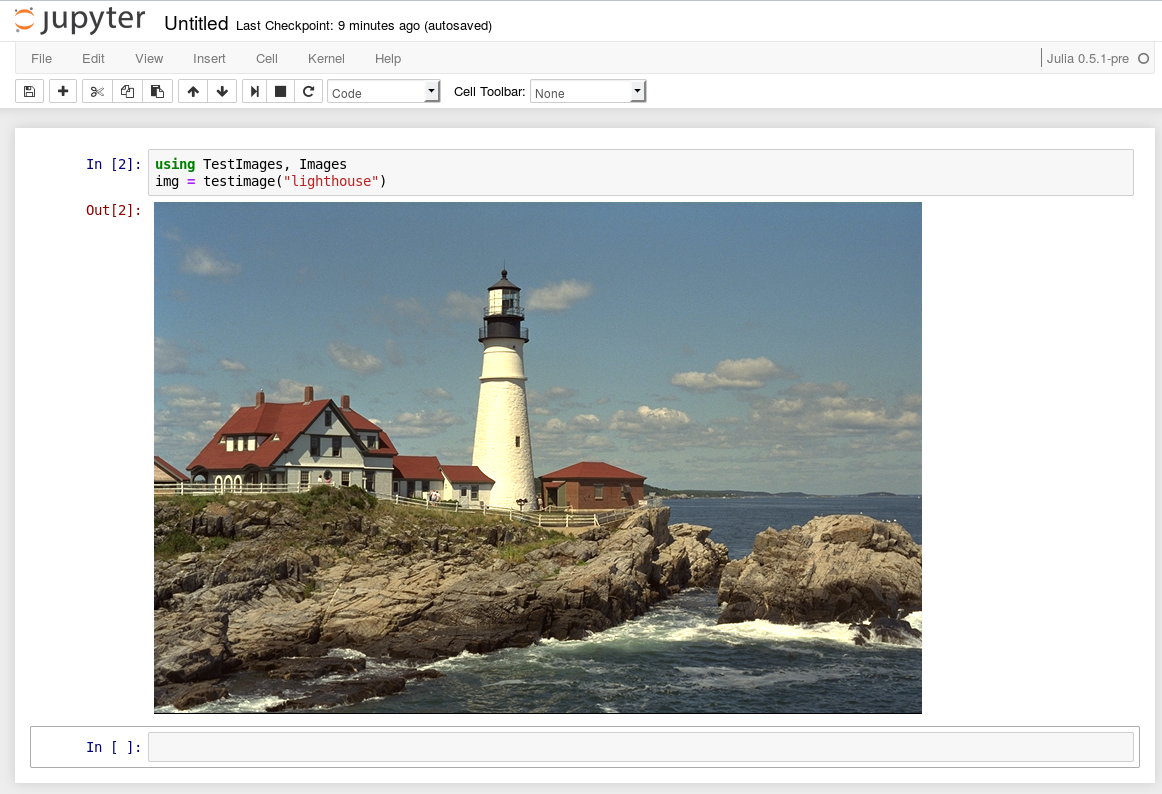Getting started: Installation and testing your install
Most users probably want to start with the Images package, which bundles much (but not all) of the functionality in JuliaImages.
Installation
Install Images via the package manager,
(v1.0) pkg> add ImagesThis will also install many dependencies.
Images (and possibly some additional packages) may be all you need to manipulate images programmatically. However, most users will want to take one or two additional steps: ensuring that you can load and display images.
People in some regions such as China might fail to install/precompile Images due to poor network status. Using proxy/VPN that has stable connection to Amazon S3 and Github can solve this issue.
Loading your first image
When testing ideas or just following along with the documentation, it can be useful to have some images to work with. The TestImages package bundles several "standard" images for you. If you haven't already installed it, use pkg> add TestImages.
To load one of the images from this package, say
using TestImages
img = testimage("mandrill")If this is your first time working with images in Julia, it's likely that these commands will prompt you to install one or more additional packages appropriate for your platform; you should generally accept the recommendation, unless you have reasons to prefer an alternate solution.
For loading image files that might already be on your computer, you should use the FileIO package:
using FileIO
img = load("myphoto.png")This should load the image for you, possibly prompting you to install an input/output package appropriate for your platform.
Displaying images
When working with images, it's obviously helpful to be able to look at them. If you use Julia through Juno or IJulia, images should display automatically:

Users of the Julia command-line interface (REPL) can install the ImageView package:
using TestImages, Images, ImageView
img = testimage("mandrill")
imshow(img)ImageView includes interactive features (panning/zooming, contrast adjustment, playing movies, labeling, etc.) and may be of interest even for users of graphical environments.
Troubleshooting
Reading and writing images, as well as graphical display, involve interactions with external software libraries; occasionally, the installation of these libraries goes badly. If you experience any difficulties with any of the above steps, please see the Installation troubleshooting page for more information.